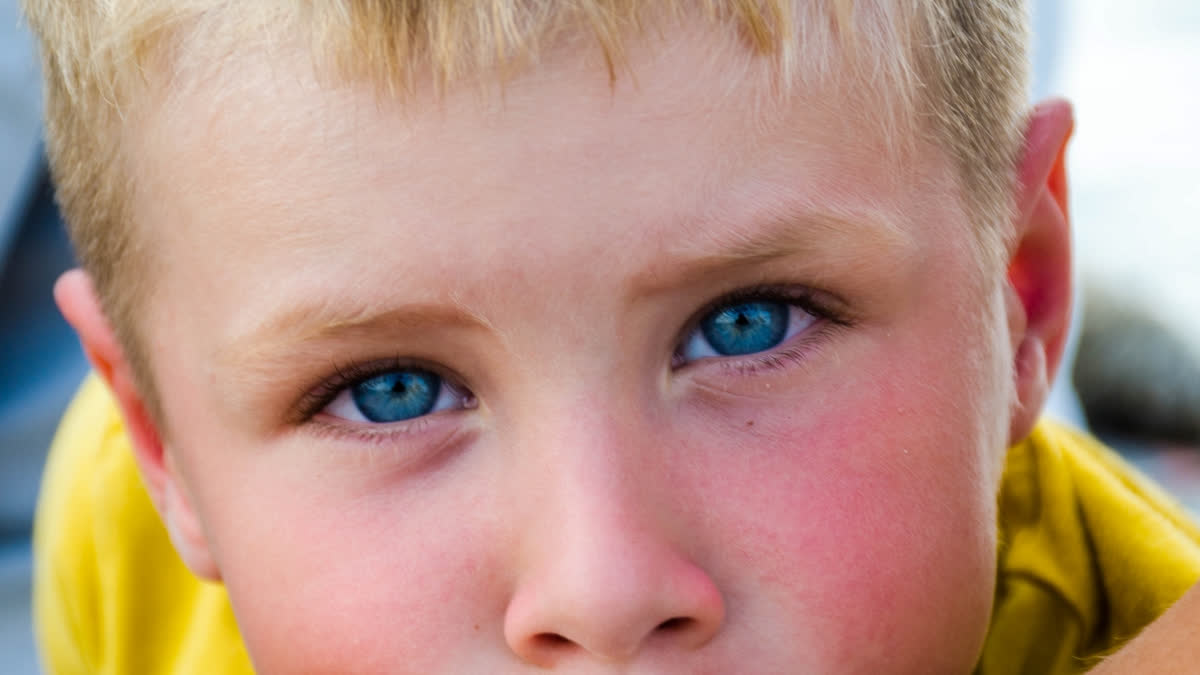Ohio [US]: According to the findings of recent clinical research, the first medication therapy to reduce the onset of nearsightedness in children may be on the horizon. The three-year study found that a daily drop in each eye of a low dose of atropine, a drug used to dilate pupils, was better than a placebo at limiting eyeglass prescription changes and inhibiting elongation of the eye in nearsighted children aged 6 to 10.
That elongation leads to myopia, or nearsightedness, which starts in young kids and continues to get worse into the teen years before leveling off in most people. In addition to requiring life-long vision correction, nearsightedness increases the risk for retinal detachment, macular degeneration, cataracts and glaucoma later in life - and most corrective lenses don't do anything to stop myopia progression.
"The idea of keeping eyeballs smaller isn't just so people's glasses are thinner - it would also be so that in their 70s they don't suffer visual impairment," said lead study author Karla Zadnik, professor and dean of the College of Optometry at The Ohio State University. "This is exciting work for the myopia research community, which I've been part of for 35 years. We've talked about treatment and control for decades," she said. "And it's exciting to think that there could be options in the future for millions of children we know are going to be myopic."
The results of the CHAMP (Childhood Atropine for Myopia Progression) trial are published today (June 1, 2023) in JAMA Ophthalmology. About one in three adults worldwide is nearsighted, and the global prevalence of myopia is predicted to increase to 50% by 2050. Though one federally approved contact lens can slow progression of nearsightedness, no pharmaceutical products are approved in the United States or Europe to treat myopia.
Animal studies years ago hinted at atropine's ability to slow the growth of the eye, but the full-strength drug's interference with near vision and concerns about pupil dilation hindered early considerations of its potential as a human therapy for myopia. More recent research has suggested a low dose of atropine might be the ticket.
This new double-masked, randomized phase 3 trial assessed the safety and effectiveness of two low-dose solutions, with atropine concentrations of either .01% or .02%, versus placebo. Treatment for each of the 489 children aged 6 to 10 assessed for the drug's effectiveness consisted of one daily drop per eye at bedtime, which minimized the disruption of any blurring effects atropine might have on vision.
Researchers were a bit surprised to find that the most significant improvements at all time points compared to placebo resulted from the solution containing .01% of atropine. Though the .02% atropine formulation was also better at slowing progression of myopia than placebo, the results were less consistent. "The .01% story is clearer and more obvious in terms of significantly slowing both the growth of the eye as well as then resulting in a lower glasses prescription," Zadnik said.
